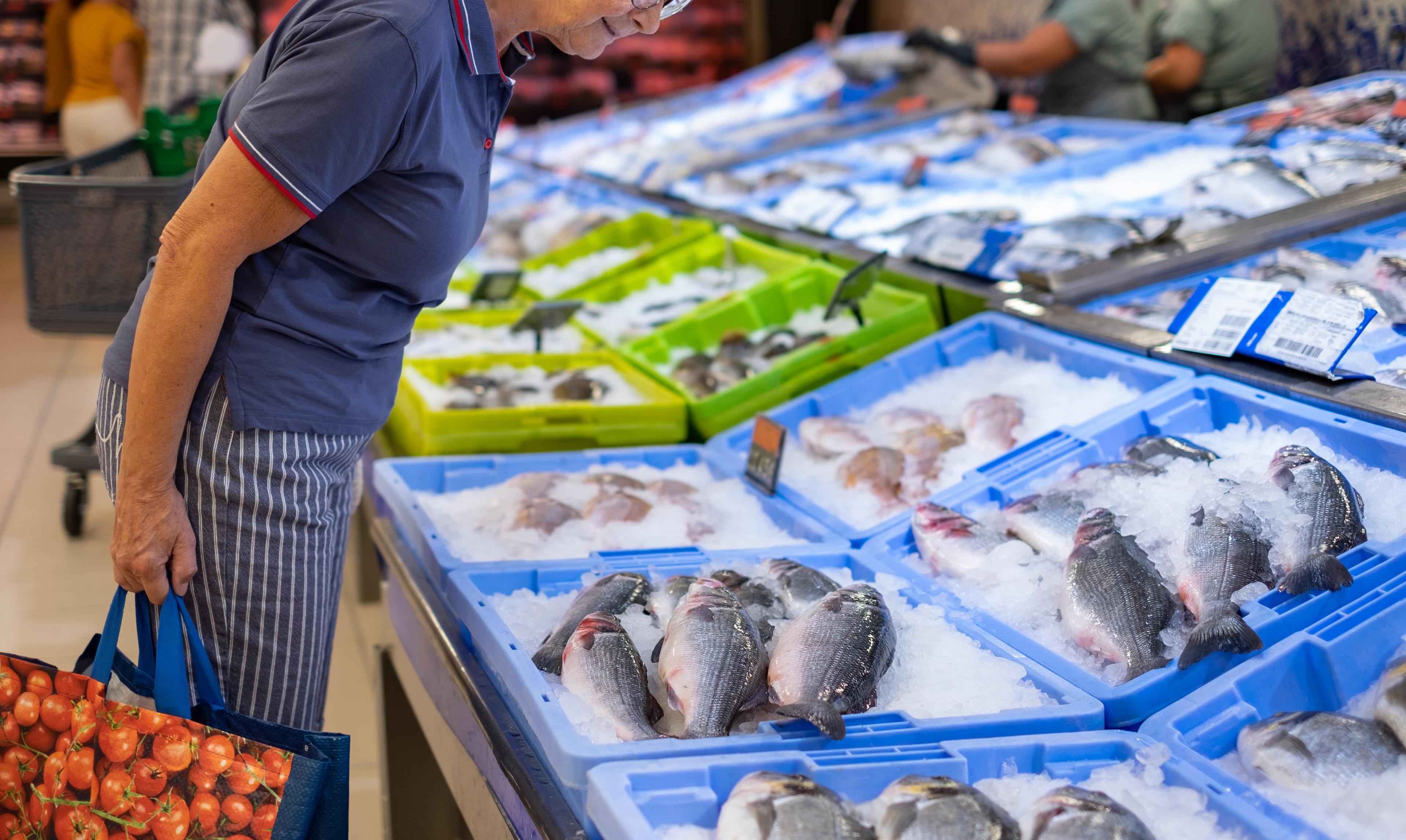Nutrition Differences in Farm-Raised vs. Wild-Caught Fish

Shanthi Appelo, MS, RD
| 4 min read

Salmon seasoned to perfection and then grilled on a wooden plank. Thick filets of cod, dipped in egg wash, then breadcrumbs and baked to a golden crisp. Trout caught on a cool fall day and grilled over an open fire. When it comes to eating fish, there are so many delicious possibilities. Reports have shown an increase in fish consumption in recent years, leading many to drill down on the specifics of the fish landing on their plates. Was it locally caught or flown in? And some especially want to know if the fish was farm-raised or wild-caught.
All these questions underscore the fact that more people are turning to fish because they know it is a food with several health benefits. Whether it’s baked, broiled, grilled or fried, fish is a good source of protein and comes with its own set of dietary perks.
Packed with nutrition
Fish is packed with nutrients and minerals. Depending on how it’s prepared, most fish is considered a lean protein. Fish portions usually contain iodine, which is a mineral the body can’t make on its own and needs to be consumed from food. Vitamin D, vitamin B12 and iron are also found in fish.
Omega-3 fatty acids
Certain types of fish contain a good amount of omega-3 fatty acids. Cold-water fatty fish like salmon, sardines, tuna and mackerel are good examples. Since our bodies cannot make their own omega-3 fatty acids, they have to come from food or supplements. Omega-3 fatty acids have many important functions in the body, including playing a role in cell membrane structure and helping cells communicate.
Research has shown that getting enough omega-3s can help prevent heart disease. For this reason, the American Heart Association recommends people eat one to two servings of seafood weekly as a way to decrease their risk of heart disease and stroke. The goal should be for these fish servings to replace less-healthy food in a person’s diet.
Differences between farm-raised fish and wild-caught fish
While a farm-raised salmon might not look any different on a plate than its wild-caught counterpart, the debate over farm vs. wild has some fish-lovers questioning where their filets are coming from. A fish’s nutrient profile, and how it tastes can depend on where and how that fish lived its life:
- A wild-caught fish is a fish that lived its life in a natural state in a lake, river or ocean and ate plants, insects and other natural foods in its environment before being caught.
- A farm-raised fish is one that is raised in captivity, either in a tank or controlled pens within lakes, rivers and oceans, and typically eats manufactured feed.
There are advantages and disadvantages to both fishing methods and it’s important to note that local regulations and farm practices can play a big role in what ends up on the table. Here are some of the key differences between farm-raised and wild-caught fish:
- Nutrients. Farm-raised fish tend to be higher in fat, includingomega-3 fatty acids and saturated fat. This is because of the fortified feed they are given and because they generally get less exercise than wild-caught fish.
- Contaminants. Both farm and wild-caught fish are susceptible to organic contaminants like polychlorinated biphenyls (PCBs) and mercury. Bottom-feeding fish in the wild and farmed fish that are provided ground-up fish tend to be higher in PCBs. In some cases, farm-raised fish can contain more contaminants due to polluted waters and overcrowding.
- Location. Regulations of both wild and farm-raised fish practices vary around the globe. Some imported farmed fish may be higher in contaminants and have more antibiotics in their feed, so it’s best to check the origin country before purchasing.
- Price. Because farm-raised fish is generally more readily available, wild-caught fish can be more expensive per-pound. Canned or frozen wild-caught fish can be a more economical way to buy it.
- Sustainability. The demand for wild-caught fish has led to excessive harvesting and, at times, unsustainable fishing practices. In general, large fish are more susceptible to overfishing, so it can be a good idea to make smaller fish a part of the regular meal rotation. Look for theMarine Stewardship Council (MSC) label when shopping for wild fish, which means it was sustainably sourced. On the flipside, farmed fish raised in nets can introduce disease to the wild, posing risks to their wild counterparts’ population. This guide can make deciphering your choices easier.
Fish consumption guidelines
One serving of fish for an adult is about four ounces. According to the U.S. Environmental Protection Agency, adults should eat two to three servings of fish each week from the ones listed on the “Best Choices” roundup. Fish caught locally may have other health consumption considerations. Check with local authorities to learn more.
Shanthi Appelö is aregistered dietitian and health and wellness spokesperson at Blue Cross Blue Shield of Michigan. For more health and wellness information, visit AHealthierMichigan.org.
Photo credit: Getty Images





